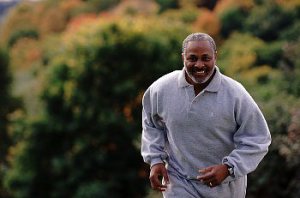Many exercise programs these days spotlight the ever-present abs (abdominal muscles) but pay little attention to the other muscles that form the body’s core. Yet building up all of your core muscles is essential for staying strong and flexible and improving performance in almost any sport. It’s also vital for sidestepping debilitating back pain.
Your core includes your back, side, pelvic, and buttock muscles, as well as the abdominal muscles. The core forms a sturdy central link between your upper and lower body. Much like the trunk of a tree, core muscles need to be strong yet flexible. A weak or inflexible core drains power from many movements and can make it downright difficult to do some.
Benefits of a stronger core
No matter where motion starts, it ripples upward and downward through the core. That means a strong, flexible core underpins almost everything you do.
Everyday acts. Bending to put on shoes or pick up a package, turning to look behind you, sitting in a chair, or simply standing still are just a few of the many mundane actions that rely on your core. Even basic activities of daily living, like bathing or dressing, call on core muscles.
On-the-job tasks. Jobs that involve lifting, twisting, and standing all rely on core muscles. But less obvious tasks — like sitting at your desk for hours — engage your core, too. Phone calls, typing, computer use, and similar work can make back muscles surprisingly stiff and sore, particularly if you’re not strong enough to practice good posture and aren’t taking breaks when needed.
A healthy back. Low back pain can be prevented by exercises that promote well-balanced, resilient core muscles. When back pain strikes, a regimen of core exercises is often prescribed to relieve it, coupled with medications, physical therapy, or other treatments if necessary.
Read more: Harvard
